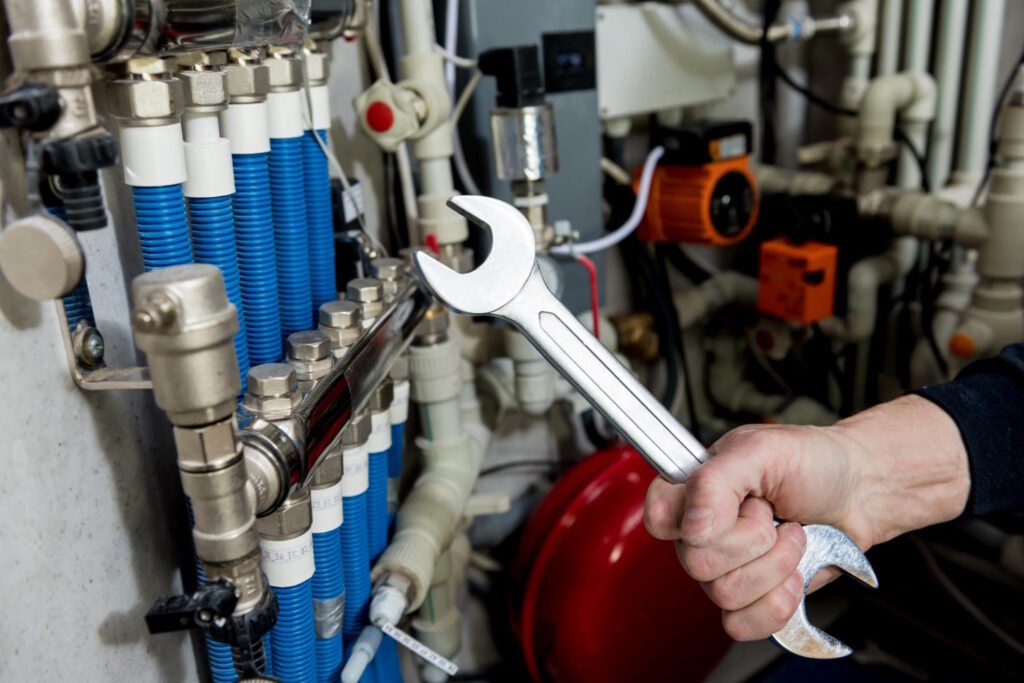When the temperatures drop, your home’s heating system becomes one of the most important appliances you own. But to keep it running efficiently and avoid mid-winter breakdowns, regular heating maintenance is essential. Skipping even small maintenance tasks can lead to reduced performance, higher energy bills, and costly repairs down the road. Here are seven critical heating maintenance steps you should always keep on your seasonal to-do list.
1. Change or Clean the Air Filter
A clogged filter forces your heating system to work harder, restricting airflow and increasing wear on the components. Most manufacturers recommend checking your filter monthly during peak heating season and replacing or cleaning it as needed.
2. Inspect and Clean the Vents and Registers
Blocked or dirty vents can limit airflow and reduce efficiency. Make sure furniture, rugs, or curtains aren’t obstructing them, and give them a quick vacuum to remove dust and debris.
3. Check the Thermostat Settings
Heating maintenance isn’t just about mechanical parts—your thermostat plays a big role in comfort and energy usage. Verify that it’s working correctly and consider upgrading to a programmable or smart thermostat for better control and efficiency.
4. Lubricate Moving Parts
Blower motors, bearings, and other moving components need proper lubrication to operate smoothly. Neglecting this step can cause parts to wear out faster and lead to noisy operation or mechanical failure.
5. Inspect the Heat Exchanger
The heat exchanger is a vital safety component that transfers heat from the combustion process to the air in your home. During professional heating maintenance, technicians check for cracks, which can cause dangerous carbon monoxide leaks.
6. Clean the Blower Assembly
Dust and grime buildup in the blower assembly can reduce airflow and efficiency. A thorough cleaning ensures that warm air is circulated effectively throughout your home.
7. Test Safety Controls
From the limit switch to the carbon monoxide detectors in your home, safety controls need to be tested regularly. These systems ensure your heating unit shuts off in case of overheating or dangerous conditions.
Why Consistent Heating Maintenance Pays Off
When you keep up with these tasks, you’re not just extending the lifespan of your system—you’re also improving energy efficiency, lowering your heating bills, and reducing the risk of emergency repairs. The small investment of time or scheduling a seasonal professional tune-up can prevent the inconvenience of a no-heat situation when you need it most.
In short, heating maintenance isn’t something to push off until “later.” By making these tasks part of your regular home care routine, you can keep your system safe, efficient, and ready for whatever winter brings.



